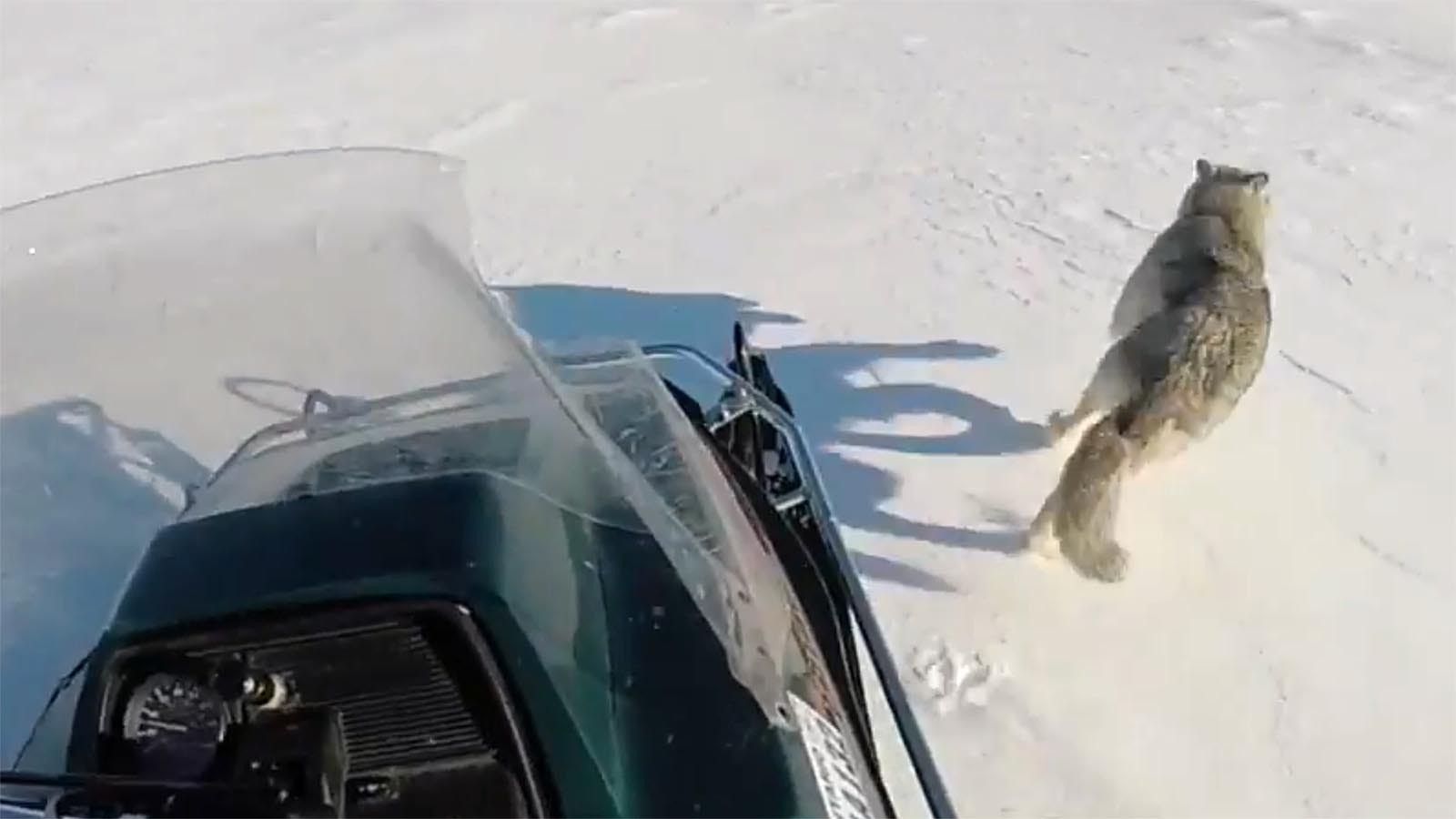The landowners behind the Wyoming “corner-crossing” case have filed a petition to bring it before the U.S. Supreme Court.
If the high court decides to hear the case, it could settle once and for all whether it’s legal to “corner-jump,” or cross the pinpoint at the intersecting corners of square parcels of public and private land.
The case is rooted in a longstanding dispute between Iron Bar Holdings LLC and its owner Fred Eshelman of North Carolina and four out-of-state elk hunters.
Iron Bar Holdings on Wednesday filed for an extension of a June 16 deadline to submit a formal application for the U.S. Supreme Court (SCOTUS) to hear the case.
Across Wyoming and the West, square parcels of public and private land are arranged in checkerboard patterns. Hunters and other outdoor enthusiasts have long argued that the only way to get between public land parcels in many areas is to hop the corners.
‘Supreme Court Cases Are Weird’
Wyoming attorney Ryan Semerad, who has represented the hunters, told Cowboy State Daily that he’ll argue their case again if it comes before SCOTUS.
He added that he wasn’t surprised that Iron Bar and Eshelman have decided to try taking the case all the way to the highest court in the land.
As things stand now, the U.S. 10th Court of Appeals, one level below SCOTUS, in March ruled in favor of the hunters.
Filing for the extension of the deadline is only an initial step and hardly a guarantee that SCOTUS will hear the case, Semerad said.
Even if the high court doesn’t grant an extension, Iron Bar will likely still apply for the case to be heard, he said.
“Supreme Court cases are weird,” he said, because it’s a two-step process to even get the court to consider a case. The odds of getting through the first stage are steep.
The first stage is called certiorari, during which SCOTUS decides which cases are worthy of consideration, he said.
Cases need the approval of four of the nine justices to pass certiorari and move on to the merit stage. In the merit stage, opposing parties are given the opportunity to present their arguments to SCOTUS justices.
Cases require at least a 5-4 majority favorable ruling among the justices to win.
As many as 6,000 to 7,000 applications for certiorari are filed each year. Of those, the Supreme Court might hear 50-70, Semerad said.
He likened the potential for the corner-crossing case will end up before SCOTUS to the question of whether a couple who have been dating for years will get married.
“This (filing by Iron Bar) is not the wedding. This isn’t even the proposal,” Semerad said. “This is, ‘We don’t know if the other side is going to say yes, but we’re definitely going to propose to her.’”
‘Ladder-Like-Device’
The possibility of the case going before SCOTUS is the culmination of a yearslong legal battle.
In September 2021, Missouri residents Bradly Cape, Zachary Smith, Phillip Yoemens and John Slowensky used a ladder-like device to clamber over metal posts and a chain that Iron Bar employees had set on the pinpoint corner where ranch property and public land meet in a checkerboard pattern.
Eshelman and Iron Bar initially filed a criminal trespassing complaint against the hunters, but a Carbon County jury cleared them of those charges.
Civil Case Drags On
Iron Bar Holdings and Eshelman subsequently filed a civil lawsuit against the hunters, claiming they had violated the ranch’s air space when they crossed the corner, and in doing so damaged the value of the ranch by several million dollars.
That touched off a lengthy series of hearings and appeals, with courts ruling in favor of the hunters. The latest decision came down from the 10th Circuit Court of Appeals in March.
Judges David Ebel, Timothy Tymkovich and Nancy Louise Moritz unanimously upheld a 2023 ruling from Wyoming U.S. District Judge Scott Skavdahl siding with the hunters.
Their ruling affirmed the validity of the 1885 Unlawful Inclosures Act (UIA), which outlaws obstructing settlement and transit through public lands.
“The western checkerboard and UIA reflect a storied period of our history. Whatever the UIA’s merits today, it — and the case law interpreting it — remains good federal law,” Tymkovich wrote in the 10th Circuit Court’s decision.
“So the district court was correct to hold that the hunters could corner-cross as long as they did not physically touch Iron Bar’s land,” he added.
Broad Questions
Arguments before SCOTUS might also center on the UIA, Semerad said. The decision might hinge on whether the UIA supersedes state-level trespassing statutes.
SCOTUS deals with broad questions of law.
“They’re not trying to answer the jury-level question of, ‘Did this person do wrong?’” Semerad said.
A decision from SCOTUS regarding the Iron Bar/Elk Mountain case could settle the broad legal question of whether corner-crossing amounts to trespassing.
It could give “one clear answer, one unified answer for the country, and we’ll know what that is,” Semerad said.
Mark Heinz can be reached at mark@cowboystatedaily.com.





